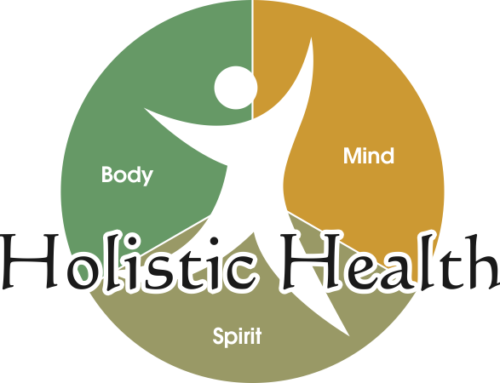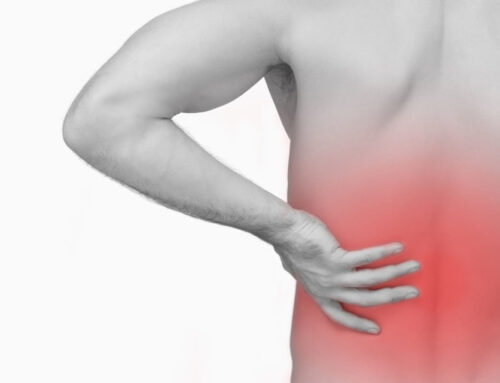Whether it’s to see a Husker playoff game or the world’s biggest ball of yarn, no road trip should be off limits to the well-prepared back pain sufferer. This spring and summer, spare the gloppy ointments and “magic belts” so you can learn about and put into practice some real, evidence-based solutions to your low back pain issues. The following tips focus on principles of ergonomics, postural alignment, and pain physiology to identify and prevent low back pain stressors for your next road trip:
- Maintain a healthy core
Before you even slide that mini-van door open, consider this first tip as a pain-preventive lifestyle change. Whether as a patient or in your own research, you may already be familiar with the close correlation between core stability and lower back pain. No, you don’t have to do hundreds of sit-ups a day to increase your core stability – that’s a common misconception. Take a look at these simple exercises for use at home. Keywords here: slow and controlled!
- Optimize your seated posture from the feet up.
This means that your feet are firmly planted, ankles at roughly 90 degrees. Knees and hips should be at approximately 90 also – if knees are a half-inch or so higher/lower than the hips, no problem. Some people like generous incline in their seat, but beware of sacral sitting! This is when the pelvis tilts backwards, and weight bearing is transferred off of your behind and to the lower spine, which can be detrimental to the lower back when made a habit.
- Set up your environment for a healthy ride.
Thankfully, many car seats are now designed with lumbar support built in. If not, or if you are forced to sit in the back (paper beats rock, always gets me) there are still things you can do to make the ride more tolerable. First, if you have an insert that you use at home or work, bring it. Many of those are compatible with car seats. Avoid the middle seat if possible. If you have adjustable headrests, make sure it’s keeping your neck in a neutral position and not craned forward or extended backwards. If you’re really short and your feet dangle, bring something to rest them on.
- The great “hot or cold” debate. Solution? Listen to yourself!
Generally, heat helps to release those stubborn muscles along and around the spine that are so restricted in chronic back pain, where ice is applied more for acute flare-ups. That being said, everyone has their “sweet spot” when it comes to how hot or cold, for how long, in what position, and in what order. So don’t read too much into this TV doctor or that website that you googled, and listen instead to your own body. Use the above spectrum I described as a start, and adjust according to your results.
- Take proper breaks.
Back pain sufferers don’t need research to know that staying in the same position for too long can really increase the discomfort. Ideally, standing up and moving around is recommended every 20 to 30 minutes depending on discomfort. While this may not be feasible on a longer road trip, try to get as close as you can to give those postural muscles a much needed break. This doesn’t mean leaning up against the car, chin-to-chest as you stare down at your phone. Walk around!
Hopefully you can use some of the above tips to make your next road trip as pain-free as possible. Many of these suggestions can carry over into your daily life as well for preventive purposes. This was just a brief introduction but if you are interested in learning more, consider the following:
National Institute of Arthritis and Musculoskeletal and Skin Diseases (gov)
UW Orthopedic & Sports Medicine






